Karen Glaser doesn’t take your typical pristine, magazine-style underwater photographs. Hers are untamed and abstract, lit naturally, and filled with muck and mud. In a way, they’re perfectly suited for their subject matter: the wild and messy environments of Florida’s springs and swamps. “I didn’t learn how to photograph under water. If I did, I would have used a flash. I would have tried to avoid the matter in the water. But for me, that stuff is the lifeblood of the image,” Glaser said. “I was trained in a fine art program. I just picked up my camera and started photographing like I do above water.”
Glaser was just out of graduate school and working as a printer in 1983 when she acquired an underwater Instamatic camera. After learning to scuba dive, she started photographing (with a 35-mm camera) the springs in north and central Florida, which, at an average of 72 degrees, provide a perfect temperature for manatees. Eventually, Glaser became interested in the springs not merely as backdrops for the wildlife but as subjects for landscapes. This became a passion and an obsession that led her to photograph another unique Floridian ecosystem: the swamps in Big Cypress National Preserve and Everglades National Park.

Karen Glaser
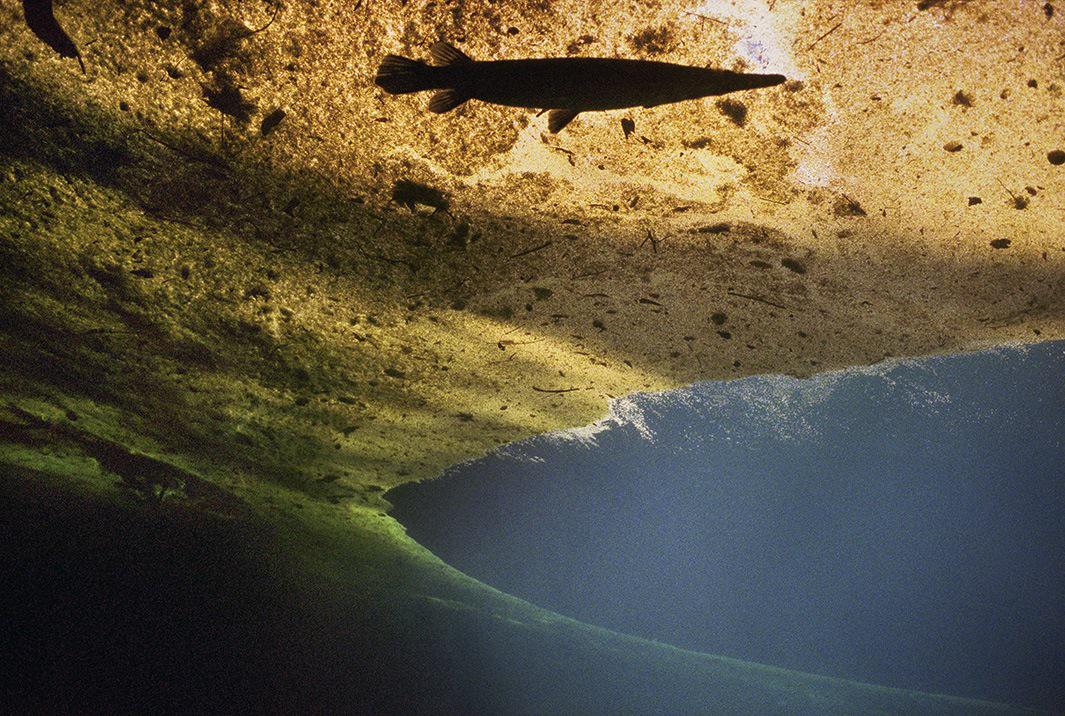
Karen Glaser
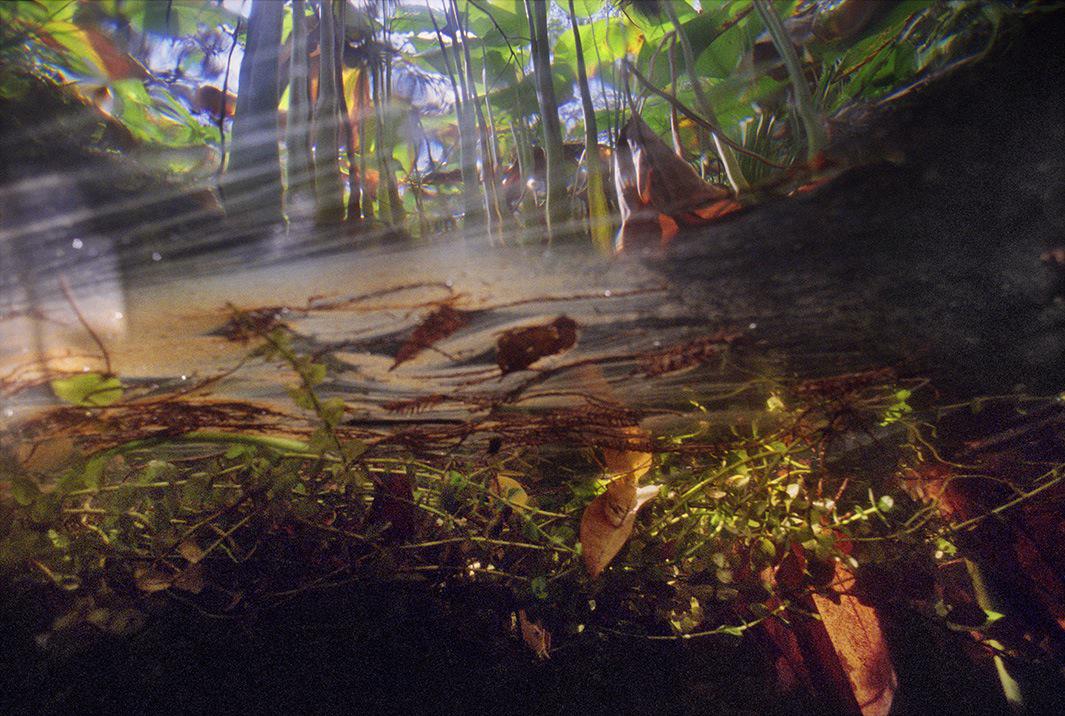
Karen Glaser
When Glaser photographed the swamps, which she describes as “primitive-looking areas that feel like dinosaurs could come around the corner at any minute,” she donned long pants and boots and waded through water that often rose as high as her neck. She captured underwater scenes there, too, but she mostly kept her head above the surface. Like some of the great street photographers who inspired her, she shot from the hip. Other times, she shot panoramas.
Glaser wasn’t worried about getting dirty or getting close to fires while riding with a group of firefighters. She also wasn’t afraid to cross paths with some of the creatures that make the springs and swamps their homes, including snakes and alligators. Sometimes she’d see them accidentally, while other times she’d seek them out, like when she photographed garfish during spawning season. “I had to just get in the water and hope I’d see it when it happened. There were hundreds in the river, but there was current, and they’re fleeting. I was lucky enough to wrap my legs around a tree in the water to stay in place. I was determined to get those shots,” she said.
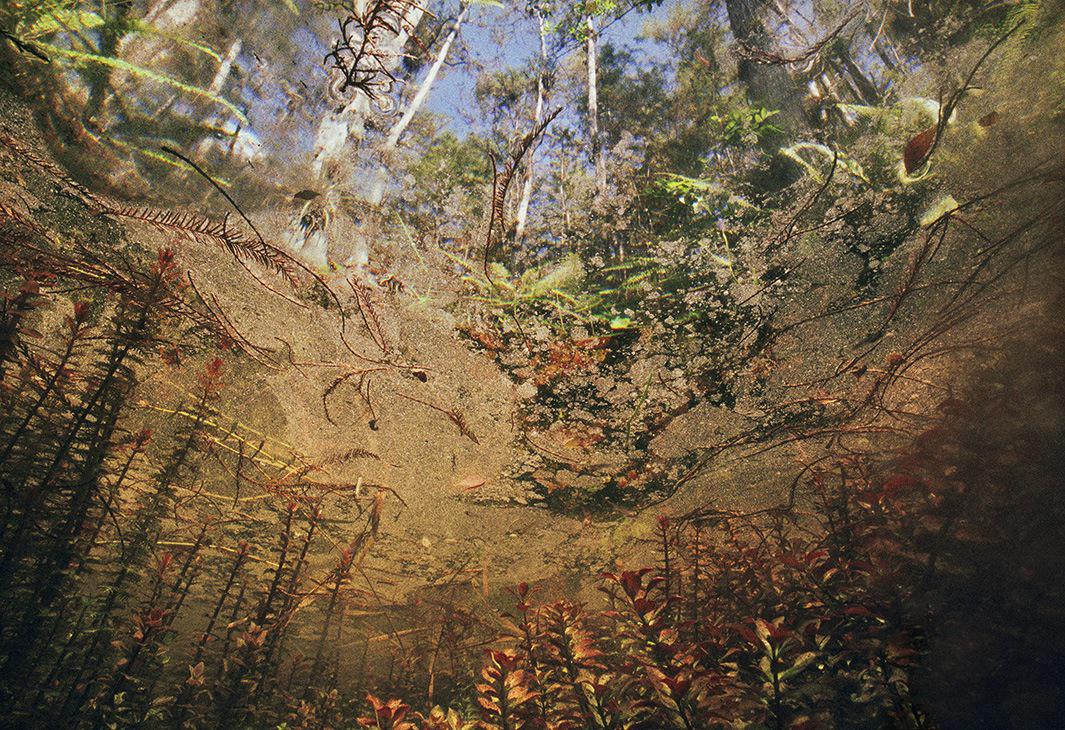
Karen Glaser

Karen Glaser

Karen Glaser
Glaser has long lived in Chicago but is in the middle of making the move to Florida’s back woods, driven by a love for the state’s natural diversity and ecological wonders. “There are really beautiful places in Florida, but it’s also a victim of its own allure. You have the strip malls, all the empty condos, all this stuff that makes it very unappealing in some ways,” she said. “People just make a mess of things.”
Glaser hopes her photos can combat that by making people more aware of their natural surroundings. “You don’t want people only thinking of water as Perrier. You want people thinking about the actual environment,” she said. “If I can draw peoples’ eyes to start looking at this stuff, that’s half the battle.”
Glaser’s photographs are on display in the exhibition “The Mark of Water: Florida’s Springs and Swamps by Karen Glaser” at the Harn Museum of Art in Gainesville, Florida, through July 6.
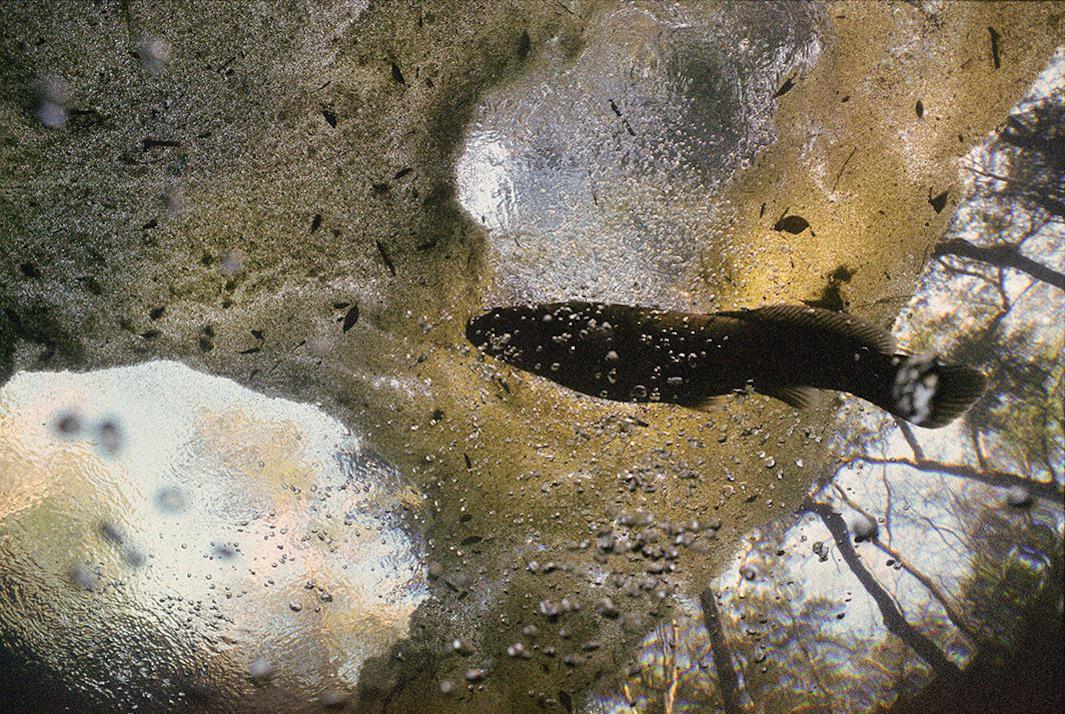
Karen Glaser
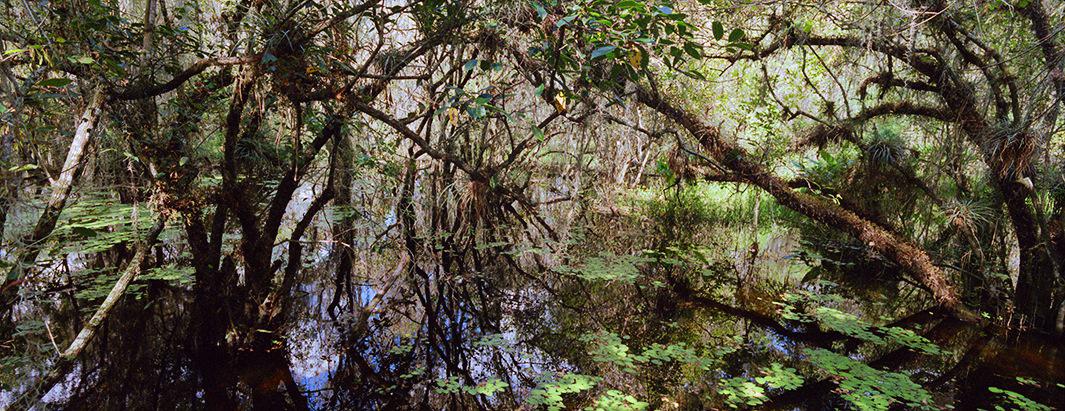
Karen Glaser
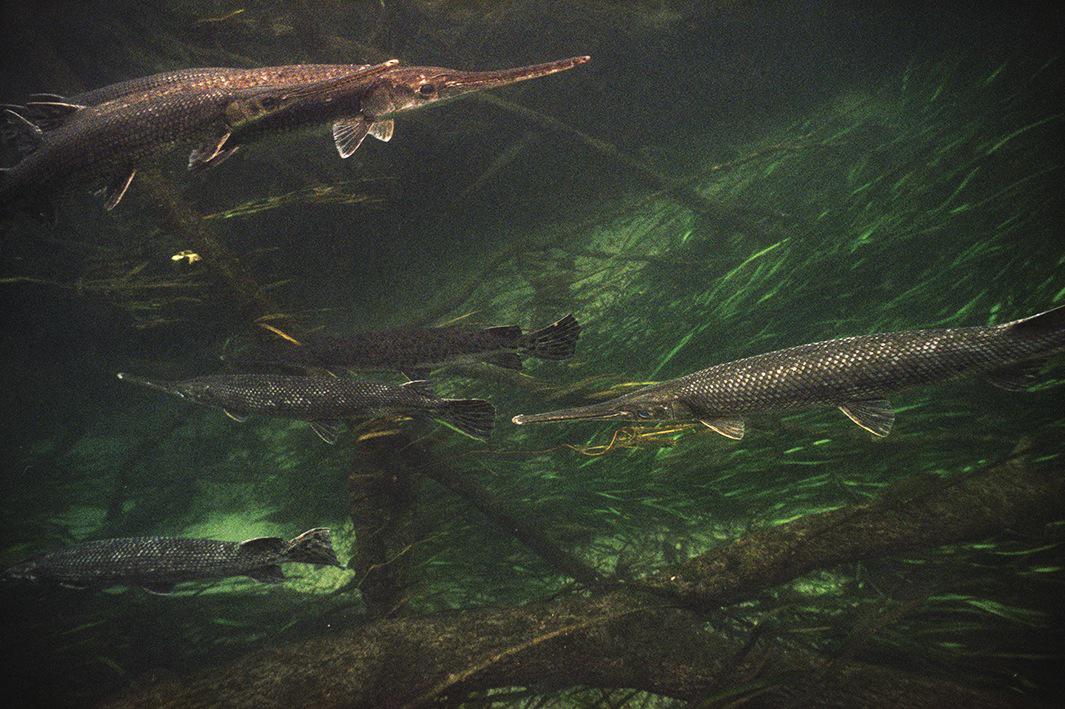
Karen Glaser
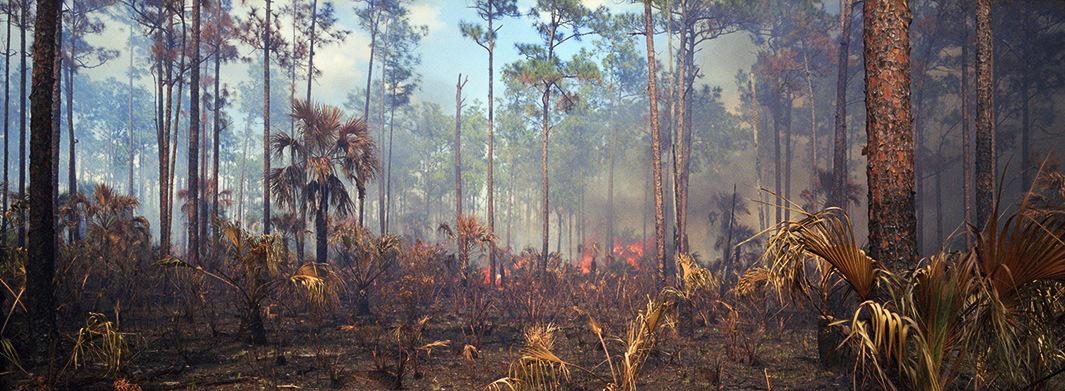
Karen Glaser
